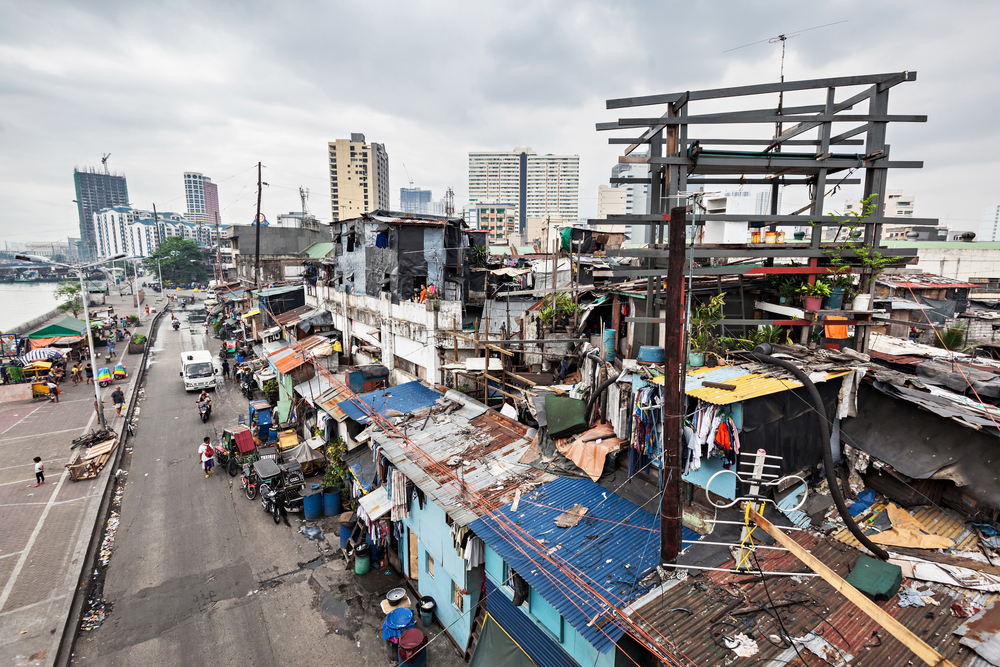This is a three-part dissection of the Philippine economy. This is Part 1.

MANILA – Filipinos are in for even harder times.
If you are to ask economic analysts, it seems that the next few years will continue to look even grimmer for the Philippines.
As the working class Juan and Juana continue to slave half a day (or more) at work, his/her household tiptoes along the poverty line—trying its best to balance work and make ends meet without falling where millions of Filipino families have an even more difficult life: A life below the poverty mark.
Economic Intelligence Unit Report
According to the Economic Intelligence Unit (EIU), the Philippines remains to be one of the poorest countries in Southeast Asia and by 2019, the Philippines will reach “a lower level of GDP (gross domestic product) per head than the majority of the region’s other major economies.”
The EIU is the research and analysis division of The Economist Group, the sister company of The Economist newspaper.
The EIU report noted that the Philippine economy–despite its notable growth the past years–still possesses “wide inequalities of income” which highlights the severe “disparity between the richest and poorest households.”
Despite this grim forecast, a part of the EIU report reads, “Although poverty will remain a problem, continuing healthy rates of economic expansion in 2015-2019 will also benefit the poorer segments of the population.”
Several economic reports, including that from the EIU, cited the Philippines’ per capita GDP at US $2,843 (roughly P129,000) and the purchasing power rate at $6,914 (roughly P133,000) in 2014.
Meanwhile, in 2013, around 52% of household expenses were dedicated to basic necessities. Government transfer programs, like the Conditional Cash Transfer (CCT) Program, somehow sustained the consumption rate by augmenting the spending power of low-income families.
The robust growth of remittances from overseas Filipino workers (OFWs), low interest rates, and the improvement of the country’s employment rate all helped maintain the consumer’s purchasing capacity.
The EIU report also mentioned significant economic shifts like the growing popularity of credit/debit cards and bank loans in the Philippines.
In its economic forecast, the EIU predicts that the per capita GDP of the Philippines will increase to $4,549 (roughly P206,000) in 2019. Yet, the country’s poor— especially those in rural areas—will only feel this growth if the government will directly spend on basic services like healthcare and education on a local scale.
READ: ‘Robust’ might be too strong a word (Part 2)
READ: The rich gets richer, the poor gets poorer (Part 3)
Author’s Note: Exchange rates as of July 20, 2015.
2 comments on “The Economic Disparity in the Philippines: Economic Intelligence Unit Report”
Comments are closed.